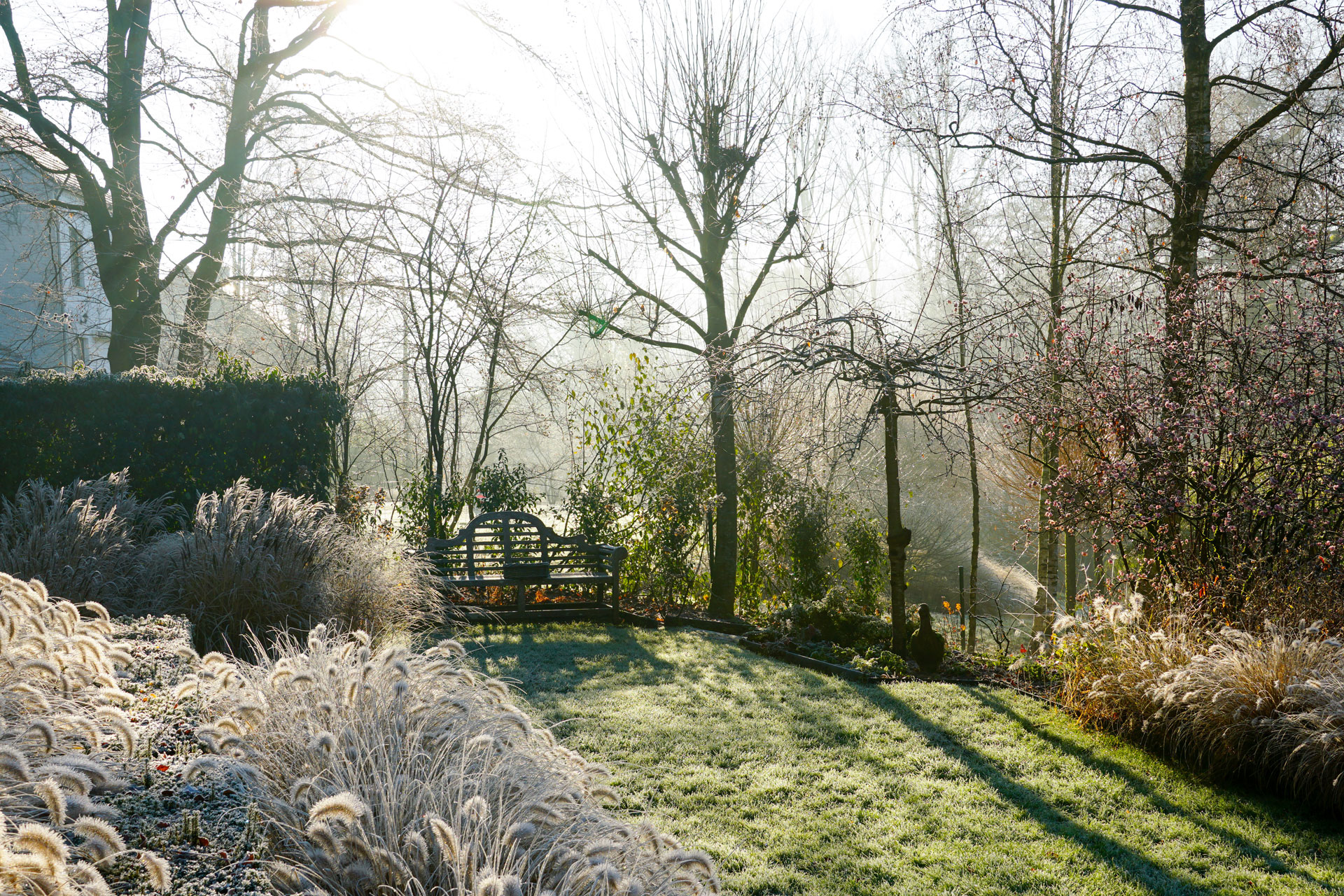How to Grow Vegetables Indoors During Winter: A Comprehensive Guide

As the cold winter months approach, many gardeners find themselves longing for the vibrant greenery and fresh produce of summer. But what if you could bring a bit of that summer magic indoors? Imagine harvesting crisp lettuce, juicy tomatoes, and fragrant herbs right from your windowsill. Growing vegetables indoors during winter is not only possible but also incredibly rewarding. Let's dive into this exciting world of indoor gardening and explore how you can turn your home into a thriving winter oasis.
Why Grow Vegetables Indoors During Winter?
Winter gardening offers numerous benefits. Firstly, it allows you to enjoy fresh, homegrown produce year-round. Secondly, it can be a therapeutic hobby that brings a sense of accomplishment and connection to nature. Lastly, indoor plants can improve air quality and add a touch of beauty to your living space. So, are you ready to embark on this green-thumbed adventure?
Getting Started: Essential Tools and Supplies
Before you start, you'll need a few essential tools and supplies. These include:
- Containers: Choose pots or trays that are at least 6 inches deep to provide ample room for root growth.
- Soil: Opt for a well-draining potting mix designed for indoor plants.
- Seeds: Select varieties that are suitable for indoor growing.
- Grow Lights: Since natural light is limited in winter, grow lights are crucial for providing the necessary light spectrum.
- Watering Can: A small watering can with a fine nozzle will help you control water flow.
Choosing the Right Vegetables
Not all vegetables are suited for indoor growing. Some of the best options for winter gardening include:
- Lettuce and Spinach: These leafy greens grow quickly and require minimal space.
- Herbs: Basil, parsley, and chives are excellent choices for indoor herb gardens.
- Tomatoes: Dwarf varieties like 'Tiny Tim' and 'Micro-Tom' are perfect for container gardening.
- Peppers: Compact pepper varieties can thrive indoors with the right care.
Setting Up Your Indoor Garden
Location, Location, Location
The first step in setting up your indoor garden is choosing the right location. South-facing windows provide the most sunlight, but east- or west-facing windows can also work. If natural light is scarce, supplement with grow lights.
Temperature and Humidity
Most indoor plants prefer temperatures between 65-75°F (18-24°C). Maintain consistent humidity levels by misting your plants or using a humidifier. Avoid placing your plants near heating vents or drafty areas.
Caring for Your Indoor Plants
Watering and Fertilizing
Water your plants regularly, ensuring the soil is consistently moist but not waterlogged. Use a balanced, water-soluble fertilizer every 2-4 weeks to provide essential nutrients.
Lighting Requirements
Most vegetables need 14-16 hours of light per day. If natural light is insufficient, use grow lights to supplement. LED grow lights are energy-efficient and provide the full spectrum of light needed for plant growth.
Pest Control
Indoor plants can attract pests like aphids, spider mites, and fungus gnats. Regularly inspect your plants for signs of infestation and treat with organic pesticides if necessary.
Advanced Tips for Successful Winter Gardening
Rotate Your Plants
Rotate your plants regularly to ensure they receive even light exposure. This prevents them from leaning towards the light source and promotes balanced growth.
Prune and Harvest Regularly
Prune your plants to encourage bushier growth and remove any dead or yellowing leaves. Harvest your vegetables as soon as they are ripe to encourage continued production.
Experiment with Hydroponics
For a more advanced approach, consider hydroponic gardening. This method involves growing plants in a nutrient-rich water solution, eliminating the need for soil. Hydroponic systems can be more efficient and produce faster growth.
Conclusion
Growing vegetables indoors during winter is a rewarding and enjoyable hobby. With the right tools, knowledge, and a bit of patience, you can transform your home into a lush, productive garden. Embrace the challenge and reap the benefits of fresh, homegrown produce all year round. Happy gardening!
FAQs
1. What are the best vegetables to grow indoors during winter?
The best vegetables to grow indoors during winter include lettuce, spinach, herbs like basil and parsley, dwarf tomatoes, and compact pepper varieties.
2. How much light do indoor vegetables need?
Most vegetables need 14-16 hours of light per day. If natural light is insufficient, supplement with grow lights to provide the necessary light spectrum.
3. What is the ideal temperature for indoor plants?
Most indoor plants prefer temperatures between 65-75°F (18-24°C). Avoid placing your plants near heating vents or drafty areas.
4. How often should I water my indoor plants?
Water your plants regularly, ensuring the soil is consistently moist but not waterlogged. The frequency will depend on the plant type and environmental conditions.
5. How can I control pests in my indoor garden?
Regularly inspect your plants for signs of infestation and treat with organic pesticides if necessary. Maintaining good air circulation and cleanliness can also help prevent pests.


0 Response to "How to Grow Vegetables Indoors During Winter: A Comprehensive Guide"
Post a Comment